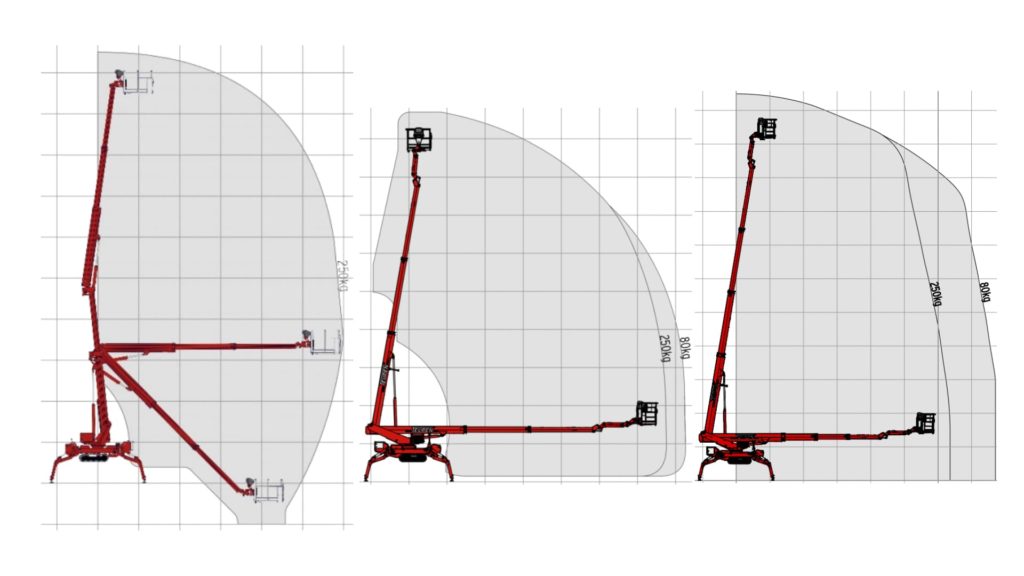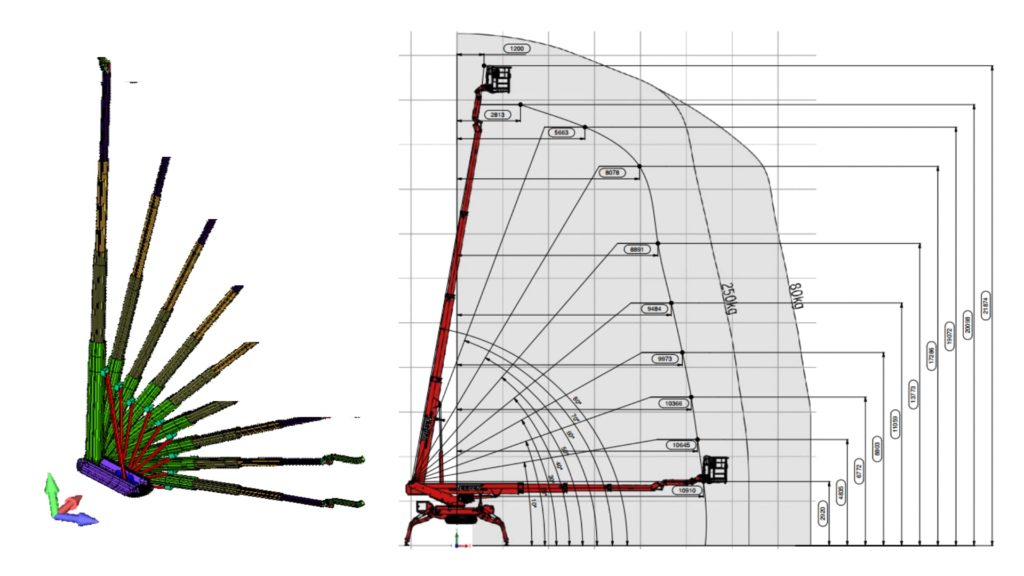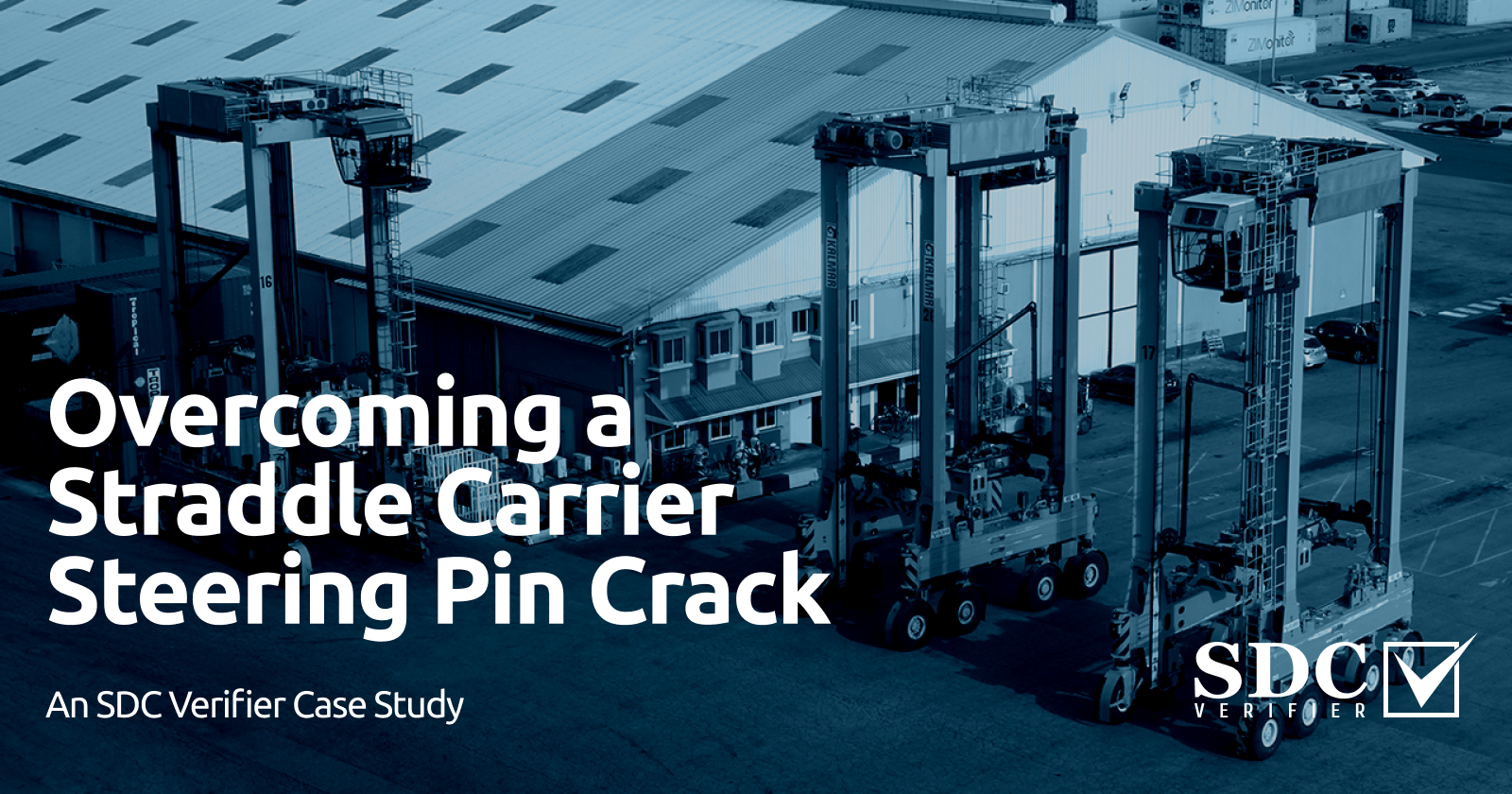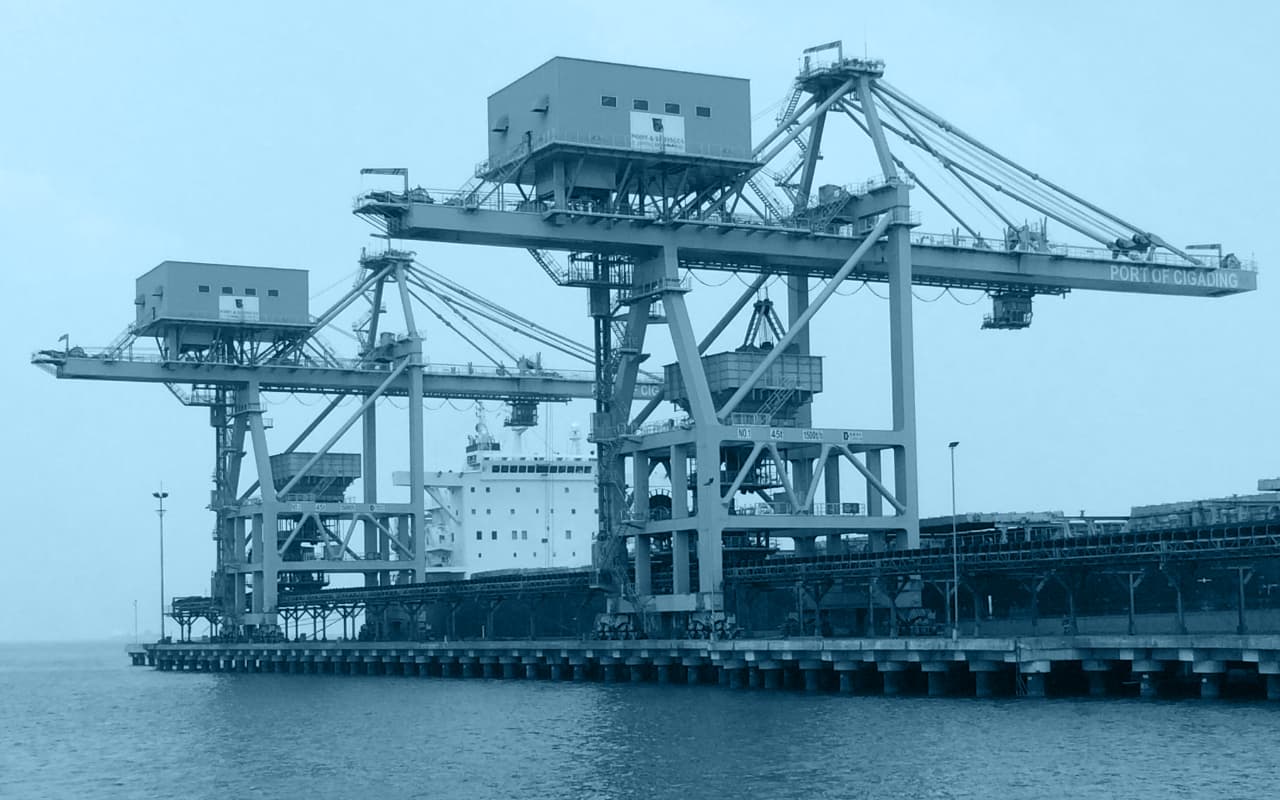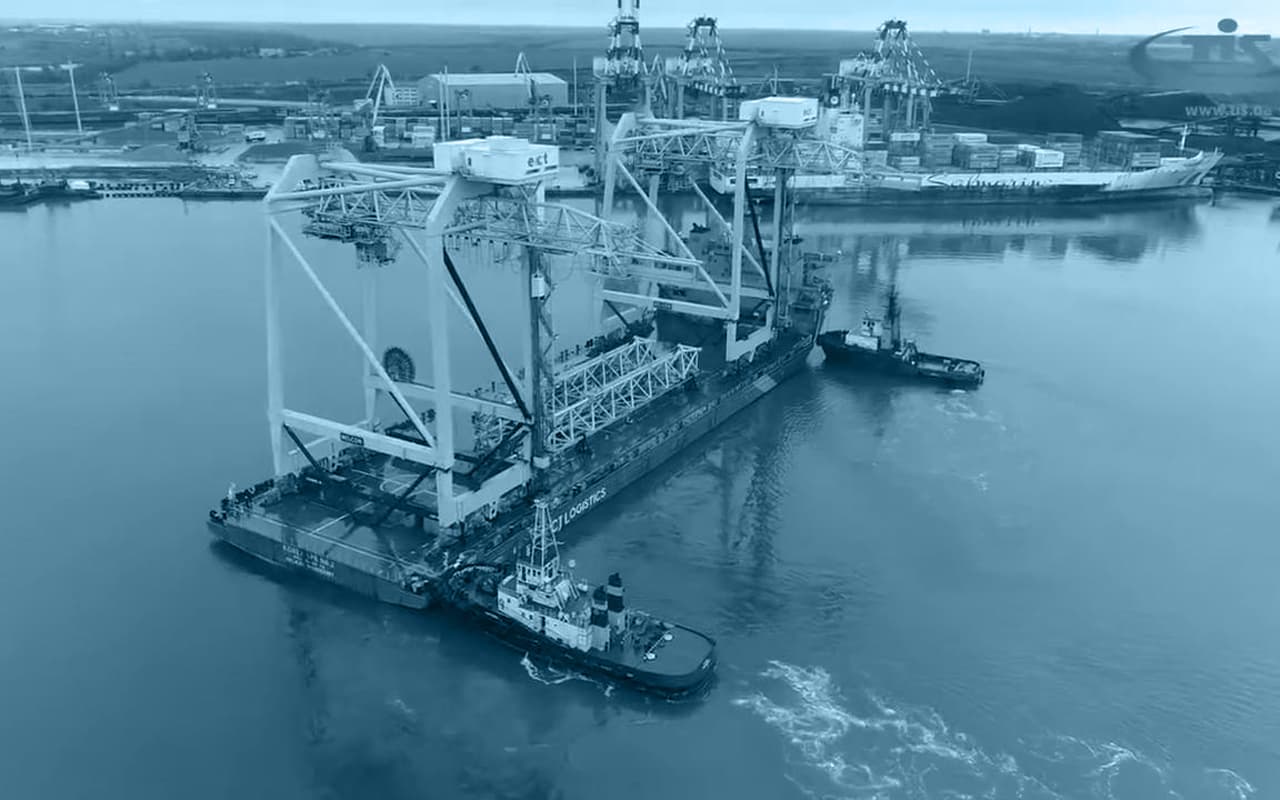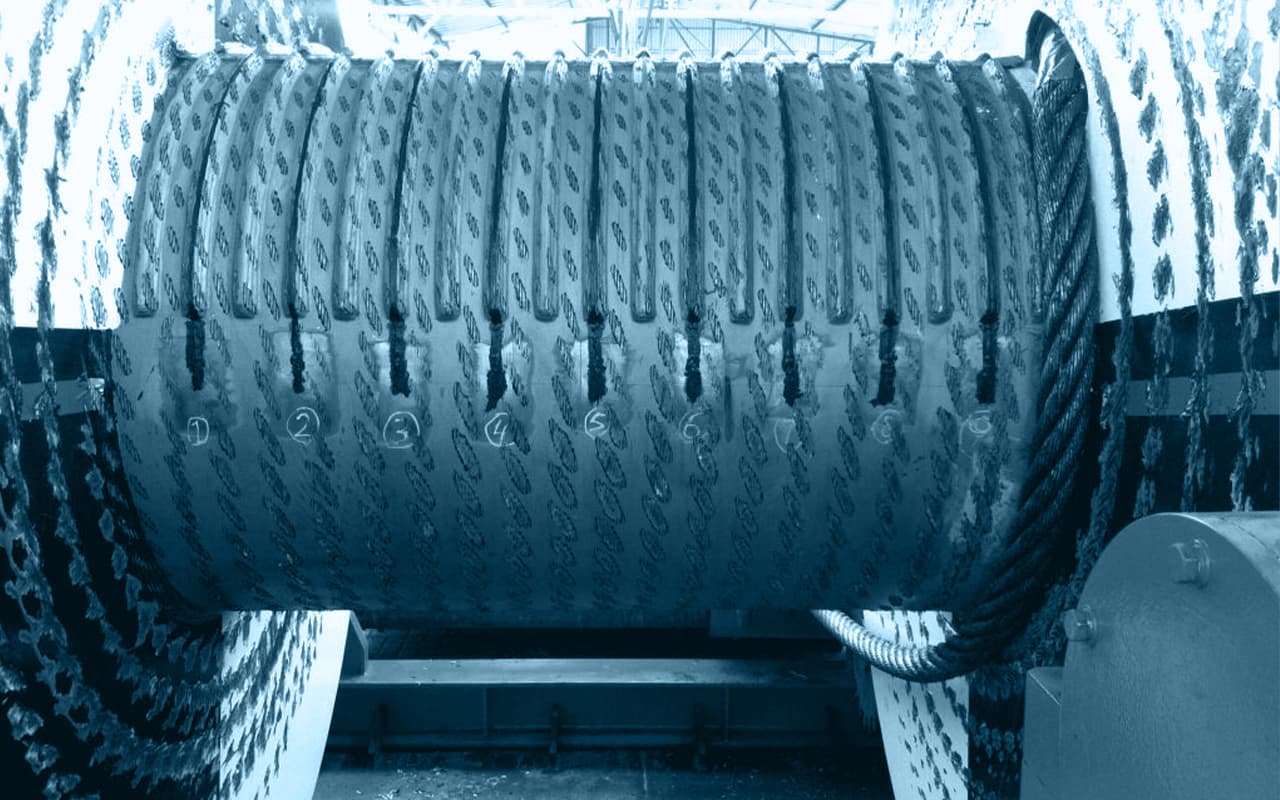Telescopic Boom Lift design assessment
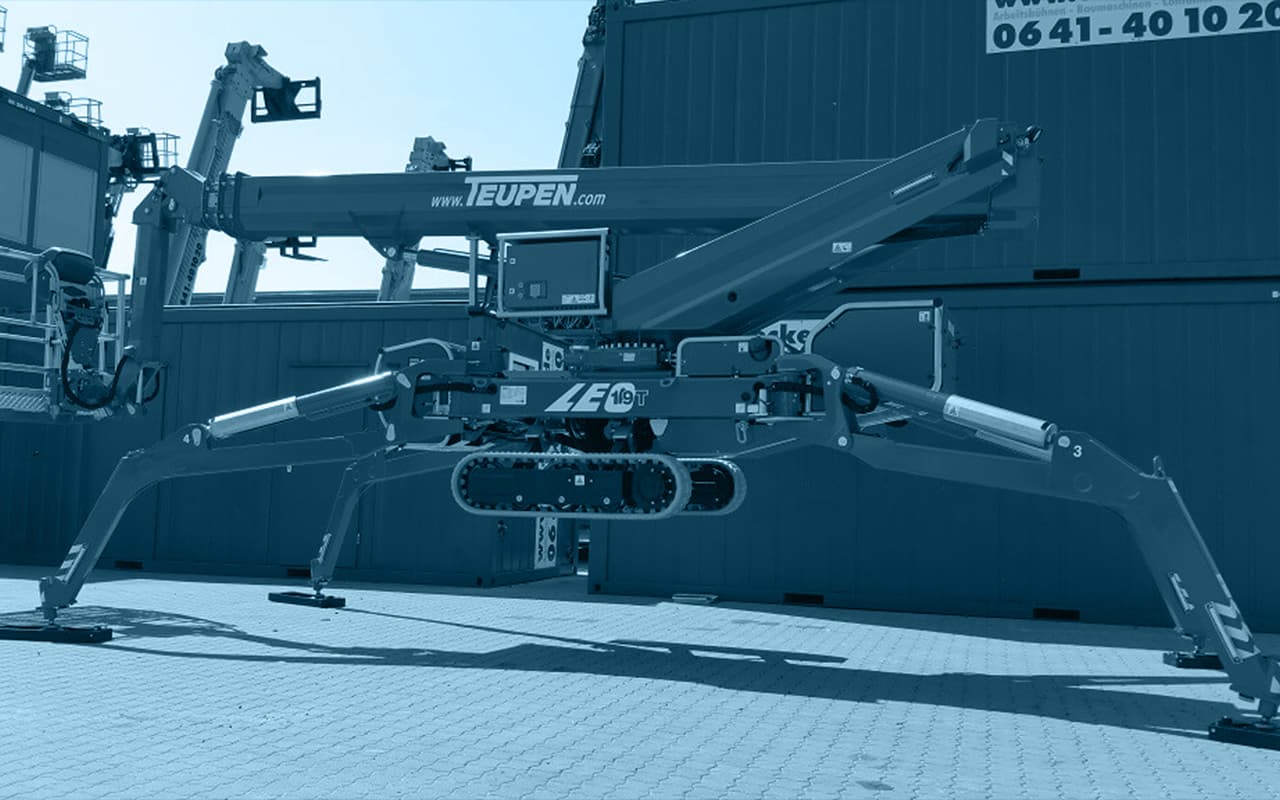
An SDC Verifier engineering team assessed the design of a Crawler Telescopic Boom Lift, checking its various components across different configurations. The evaluation adhered to European and American safety standards, encompassing API RP 2A, ISO 19902, Norsok N004, DIN 15018, FEM 1.001, and Eurocode 3. The exhaustive analysis covered three crane models examining fatigue and static stress for each crane part, including boom segments, turntable, and chassis.
For each of the crane model assessed, the structural engineering team checked the bucket, arm, telescopic booms, turntable, and chassis with legs.
A comprehensive beam model was created to encapsulate all crane positions, leveraging non-linear calculations to simulate real-world scenarios. Nodal forces extracted from the beam model were seamlessly transferred to detailed models, where loads specified by standard EN280 — including rated load, own weight, wind, and manual force were applied.
The Freebody tool was used to validate the accurate application of loads to the detailed model, with thorough checks on weld heights and fatigue.
In essence, the project culminated in a thorough examination, spotlighting key design facets and presenting optimization options, all vital considerations in ensuring the structural integrity of the Crawler Telescopic Boom Lift.



